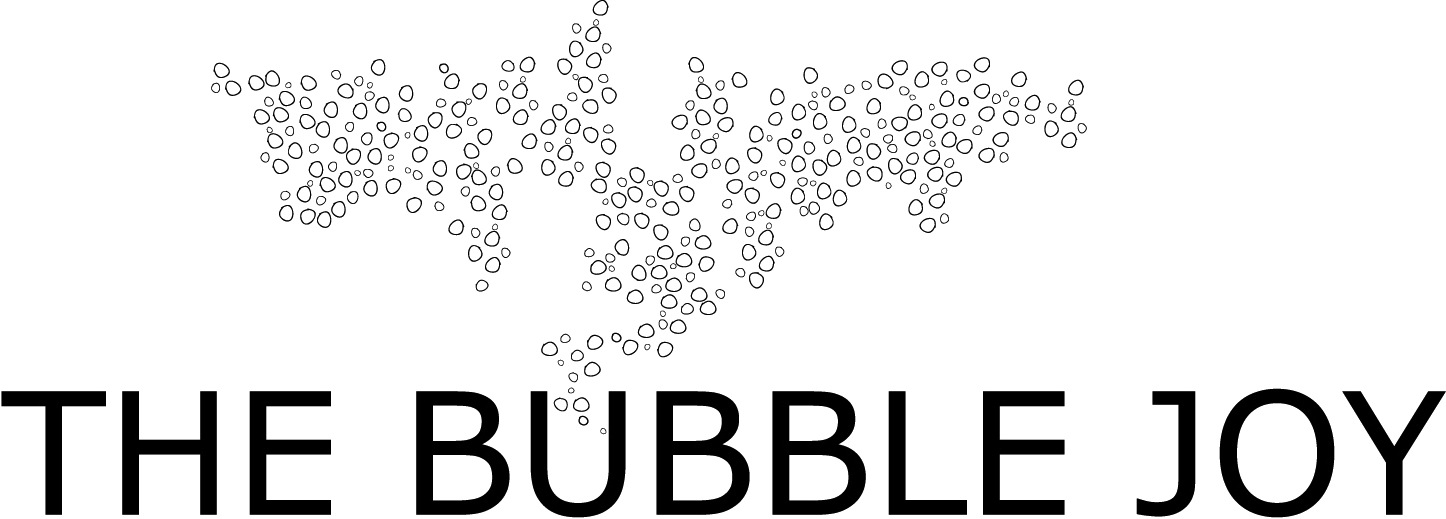What’s a pandemic winter good for if not to watch birds, solve crosswords, and research your local history. As I’ve whined many times, we’ve no TV out here, so this is how we get our jollies. Let’s just say if you click off this blog post right now to go search for Lady Gaga’s dog, I am okay with that.
The road in the photo above is Kettle Moraine Scenic Drive. It cuts through our little town of Monches, home to the Ox and Cat Saloon, a ball park, a church, an old mill, and a mill pond that is very popular with fishermen. If you need milk, gas, smokes, pretty much anything that isn’t pizza, beer, or the word of God, you have to drive another fifteen minutes.
Not much to snag the imagination?
You shall be the judge.
Our farm land was ceded to the US government from the United Nations of the Chippewa, Ottawa, and Potawatomi in 1833. This treaty, #187, resulted directly in the Black Hawk War and the Potawatomi Trail of Death. Five years following Treaty 187, the US government determined that this land was too poor and non-arable to successfully farm. They sold this parcel and others around the valley to European settlers for $1.25 / acre (≈ $30/acre presently) in a desire to quickly occupy the ceded land. Their plan was successful.
The mostly Irish settlers named this town O’Connellsville, after the Irish emancipator Daniel O’Connell, who, in his last will and testament, “gave his soul to God, his heart to Rome, and his body to beloved Ireland.”
Meanwhile the tribes who had collectively worked this land with great success for centuries were pushed to unforested grasslands west of the Mississippi.
In 1848, after Wisconsin became a state, the people of O’Connellsville set a date to meet and elect a postmaster. Alas, there came a storm that Saturday night, and while all the Irish townfolk remained at home by their fires, three men - a Swiss and two Brits - convened. They sneakily voted to change the name of the town to Monches. The new name honored the last Native American to remain in the region after the Indian Removal Act of 1830.
While we love the name Monches and its rightful homage, we wonder if the new name also served as a British stick in the Irish eye. Here’s how the loquacious Rev. Lincoln Whelan described the town’s renaming in a 1940 essay for the Wisconsin Magazine of History:
“All ballots are gone, but heavy odds are offered that the devil wouldn't shake dice for dear old Daniel O’Connell’s chance 'mongst them three. At any rate, his Satanic Majesty would have lost, for then and there O'Connellsville became Monches-thanks to a cloudburst, one dead Indian, and two very clever, young Englishmen. Came the rain and the usual dawn and, when word of the new name greeted the churchgoers on the following morning as they assembled before and after mass, there were many muttered threats about 'showing them three a thing or two'-but nothing came of this small talk.”
Little is known of this man, Monches. We have reached out to the Potawatomi Nation Library and Culture Center. We’ve scoured the Internet Archive and the University of Wisconsin. Reports differ. Was he a member of the Menomonee, the Potawatomi, the Chippewa, or the Mascouten Tribe? Was he a chief or a head of his family? Lore has it that Monches witnessed the first white men placing a wooden cross atop what is now Holy Hill.
We do know that Monches is buried up on Blanket Hill, about a half mile east of the village in a spot that overlooks this valley, the river, and the tiny town that bears his name. We also know that several years after he passed, his grave was disturbed and some of his bones scattered. As Reverend Lincoln Whelan wrote in 1940, “The white man’s burden continues to be the white man.”
We would like to honor Monches’ memory in the most ubiquitous post-modern way — with his own Wikipedia page. Our entry is nearly finished. We’ve cited ten sources and are now scouring photographic archives hoping for an image, but chances are close to nil on that possibility. So that leaves the question of title: whether we submit his name as “Chief Monches” or “Old Man Monches” is a hot topic of debate around our dinner table. If you too need something worthy to occupy your COVID mind and want to aid in this research, we welcome your help! Shoot me an email here.
The grist mill, built in the Swiss style by Heinrich Kuntz in 1842, and operational until late the last century.
St. Teresa of Calcutta Parish Church, built in 1917 of Lannon stone, is the only church in town.
Oconomowoc River basin looking north towards Holy Hill.
The Ox and Cat, where we get our favorite carryout pizza — thin crust with sausage, green olive, and mushroom. Yum!
Photos by Walter Ballesteros.





